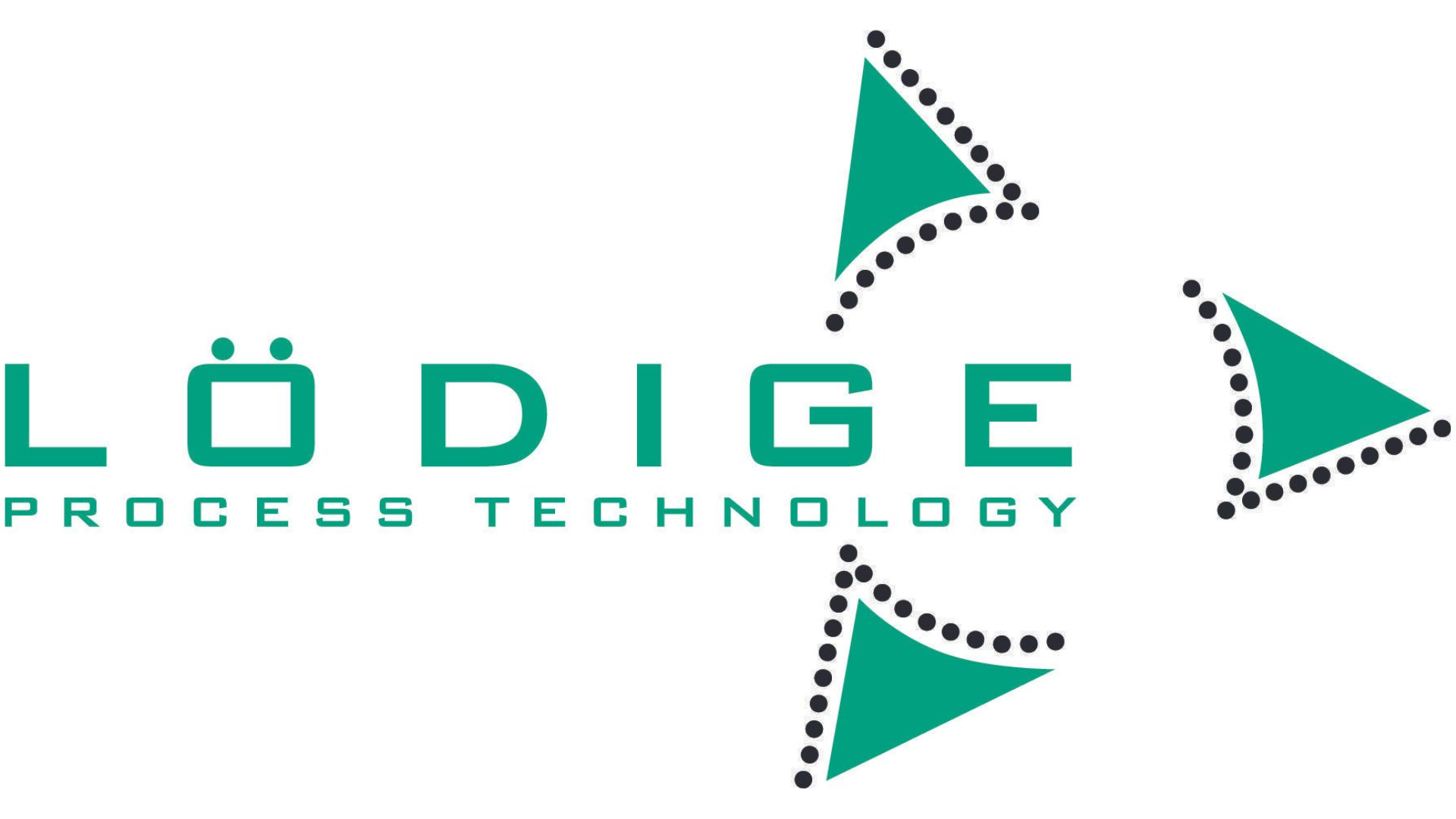
33102 Paderborn
P.O. Box 2050
33050 Paderborn
Germany
The event
Handling dusty products in mixers requires a thorough understanding of the fundamentals to ensure efficient and safe processes. Dust, a fine collection of particles, is created during the mixing process by the crushing or agitation of dry materials. These particles can come from a variety of sources, including the raw materials themselves or abrasion from machine components.
There are various mixing systems used for processing dusty products, including batch and continuous mixing systems such as throw mixers, paddle mixers and twin screw mixers. Each system offers specific advantages and disadvantages in terms of mixing accuracy, throughput and energy efficiency.
Several measures are required to minimize dust generation. Firstly, process parameters play a decisive role. Controlling speed, mixing time and loading can help to reduce dust generation. Another important aspect is the hygienic design of the mixing machines. Seamless surfaces, rounded edges and the absence of blind spots make cleaning easier and reduce the risk of dust deposits.
In environments where explosive dust-air mixtures can occur, compliance with the ATEX directives is essential. ATEX-certified mixing machines are designed to meet explosion protection requirements and thus minimize the risk of dust explosions.
In addition, granulation processes reduce small dust particles and their release. Finally, thorough cleaning of the mixing machines is essential to prevent the accumulation of dust. Automated cleaning systems and cleaning processes such as wet (WIP) or dry cleaning help to keep the machines in a clean condition and ensure product quality.
Overall, handling dusty products in mixers requires a holistic approach that takes into account process parameters, machine design, safety standards and cleaning techniques to ensure efficient and safe production processes.
